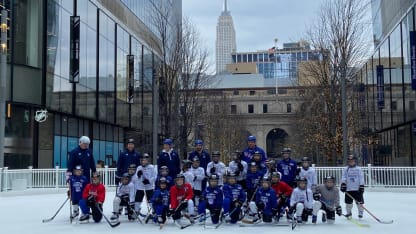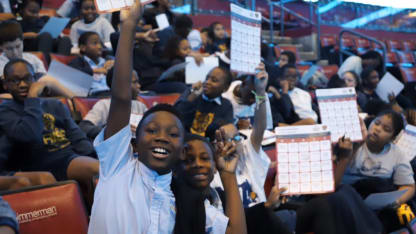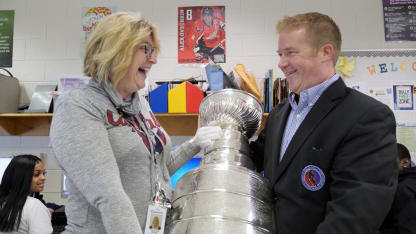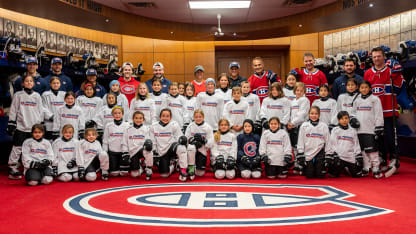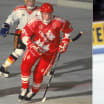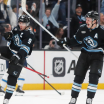The NHL and NHL Players’ Association Industry Growth Fund, a catalyst for growing the sport, is celebrating its tenth anniversary.
The fund has dedicated more than $180 million to develop programming, create initiatives, host events and provide education that drives awareness and brings hockey communities together.
Its imprint can be found in its support from Learn to Play programs to Future Goals educational curriculum, to the First Shift initiative that seeks to introduce more women, the BIPOC community and other underrepresented fans to the sport.
Throughout the next six months, the NHL and NHLPA will celebrate the anniversary by highlighting some of the impactful programs through storytelling and other content.
“It has been incredible to witness the Industry Growth Fund’s impact in grassroots and youth programming since its launch in 2013,” Rob Knesaurek, NHL senior vice president, youth development and industry growth said. “More important, the IGF’s success over the 10 years of existence demonstrated how strategic investments allow for more opportunities to make our game more accessible to a diverse audience.”
Chris Campoli, NHLPA divisional player representative, said that “As a leader in the youth hockey and community space, IGF programming seeks to create and develop new hockey fans, while continuing to build and manage relationships focused on growing the game on the global stage.”

